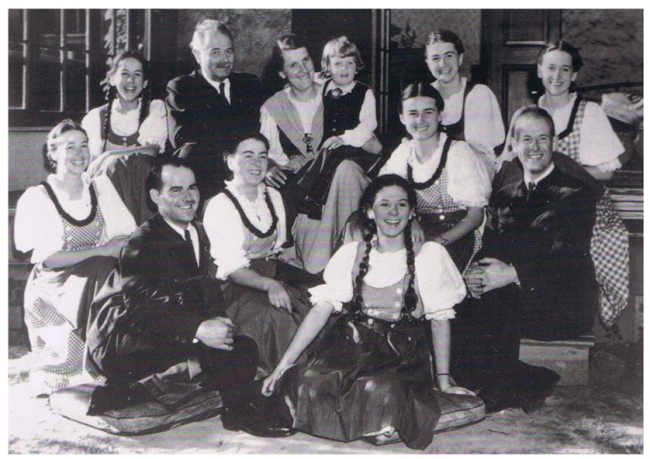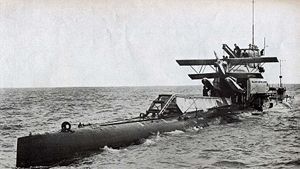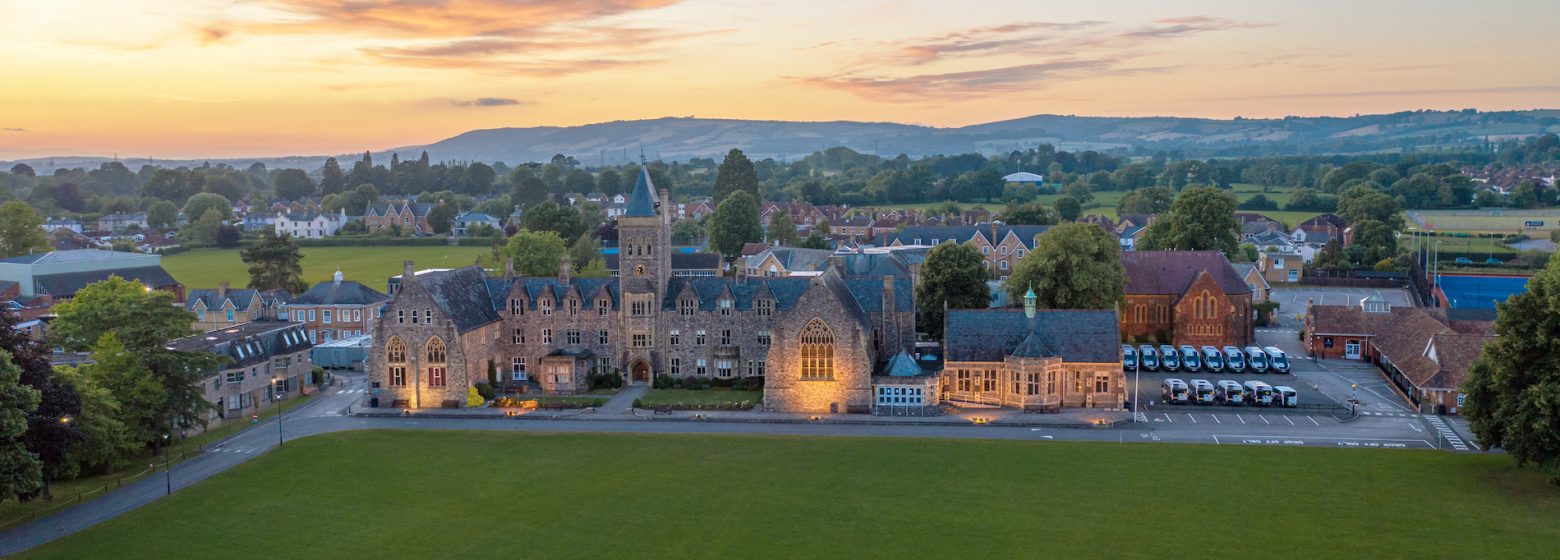Each Tuesday the intrepid team of TPS History detectives meet to delve into the past and research famous events to coincide with the publishing date of The Courier that week. They have only one hour to research, write and illustrate their articles. We hope you enjoy them and discover some fascinating bits of History.
Joanna Hall-Tomkin, Head of History and Pastoral Head Years 5&6
By Sophia Elsmore, Georgia Greenway, Kate Blackmore-Greasley, Aryan Sharma, Max Workman, Alan Wang, Daisy Jacobi
The Liberation of Auschwitz

It was the Nazis’ biggest concentration camp in south-western Poland, operating from 1939 till 1945. The prisoners there were held in appalling conditions and many had been killed in the gas chambers. It has become known as the most notorious of all the Nazi death camps.
Auschwitz was liberated by the Red Army who entered Oświęcim, on Jan 27th1945. When they took over, the Russian soldiers found only a few thousand prisoners left alive, most of which were too weak to move. The Russian soldiers set up a hospital where they cared for the sick men, women and children. Unfortunately, many people died anyway from sickness, injury or starvation and exhaustion.
Auschwitz was preserved and is now visited by millions each year. It has become one of the most poignant reminders of the Holocaust.
The Birth of Maria von Trapp (Sound of Music)
Maria Von Trapp, the character who would later become world famous, played by Julie Andrews in the film The Sound of Music, was born on the 26th January 1905 and died on the 28th of March 1987. Maria was an orphan by the age of ten. She graduated from the State Teachers College for Progressive Education in Vienna at the age of 18, in 1923. She entered Nonnberg Abbey in the Benedictine monastery in Salzburg, as a postulant, intending to become a nun. In 1926, while still a schoolteacher at the abbey, Maria was asked to teach one of the seven children of widowed naval commander Georg von Trapp. His wife, Agatha Whitehead, had died in 1922 from scarlet fever. Eventually, Maria began to look after the other children as well (Rupert, Agathe, Maria Franziska, Werner, Hedwig, Johanna, and Martina.)
Georg von Trapp, seeing how much she cared about his children, asked Maria to marry him, although he was 25 years her senior. Frightened, she fled back to the abbey to seek guidance. The mother abbess advised Maria that it was God’s will that she should marry the Captain; since Maria was taught always to follow God’s will, she returned to the family and told the Captain she would marry him. She later wrote in her autobiography that on her wedding day she was blazing mad, both at God and at her husband, because what she really wanted was to be a nun: “I really and truly was not in love. I liked him but didn’t love him. However, I loved the children, so in a way I really married the children. I learned to love him more than I have ever loved before or after.”
In September, the family left Austria and travelled to Italy, then to England and finally the United States. The Nazis made use of their abandoned home as Heinrich Himmler’s headquarters.
After the war, they founded the Trapp Family Austrian Relief fund, which sent food and clothing to people impoverished in Austria.

What Happened To HMS M2?
The M2 was a submarine aircraft carrier. In 1927, her 12-inch gun was removed and replaced by a small aircraft hangar. This could carry a small Parnall Peto seaplane, specially designed for the M2, which, once its wings had been unfolded, could be lowered onto the sea alongside a derrick for take-off. On landing, the aircraft was hoisted back onto the deck and replaced into the hangar. In October 1928, a hydraulic aircraft catapult was fitted, to enable the seaplane to take off directly from the deck. The submarine was intended to operate ahead of the battle fleet in a reconnaissance role, flying off her unarmed seaplane as a scout.
M2 left her base at Portland on 26 January 1932, for an exercise in West Bay, Dorset, carrying her sea plane. Her last communication was a radio message at 10:11 to her submarine depot ship, Titania, to announce that she would dive at 10:30. The captain of a passing merchant ship, the Newcastle coaster Tynesider, mentioned that he had seen a large submarine dive stern first at around 11:15. Unaware of the significance of this, ( the submarine should have dived bow first) he only reported it in passing once he reached port.
Her entire crew of 60 was killed in the accident. The submarine was found on 3 February, eight days after her loss. Ernest Cox, the salvage expert who had raised the German battleships at Scapa Flow, was hired to salvage the M2. In an operation lasting nearly a year and 1,500 dives, on 8 December 1932, she was lifted to within 20 ft (6.1 m) of the surface before a gale sprang up, sending her down to her final resting place.
The hangar door was found open and the aircraft still in it. The accident was believed to be due to water entering the submarine through the hangar door, which had been opened to launch the aircraft shortly after surfacing.
This marked the end of the submarine aircraft carrier experiment.
The submarine currently lies upright on the sea bed in Lyme Bay. Her keel is about 100 ft (30 m) below the surface at low tide, and her highest point at the top of the conning tower at around 66 ft (20 m). She is a popular dive for scuba divers. The wreck is designated as a “protected place” under the Protection of Military Remains Act 1986.





